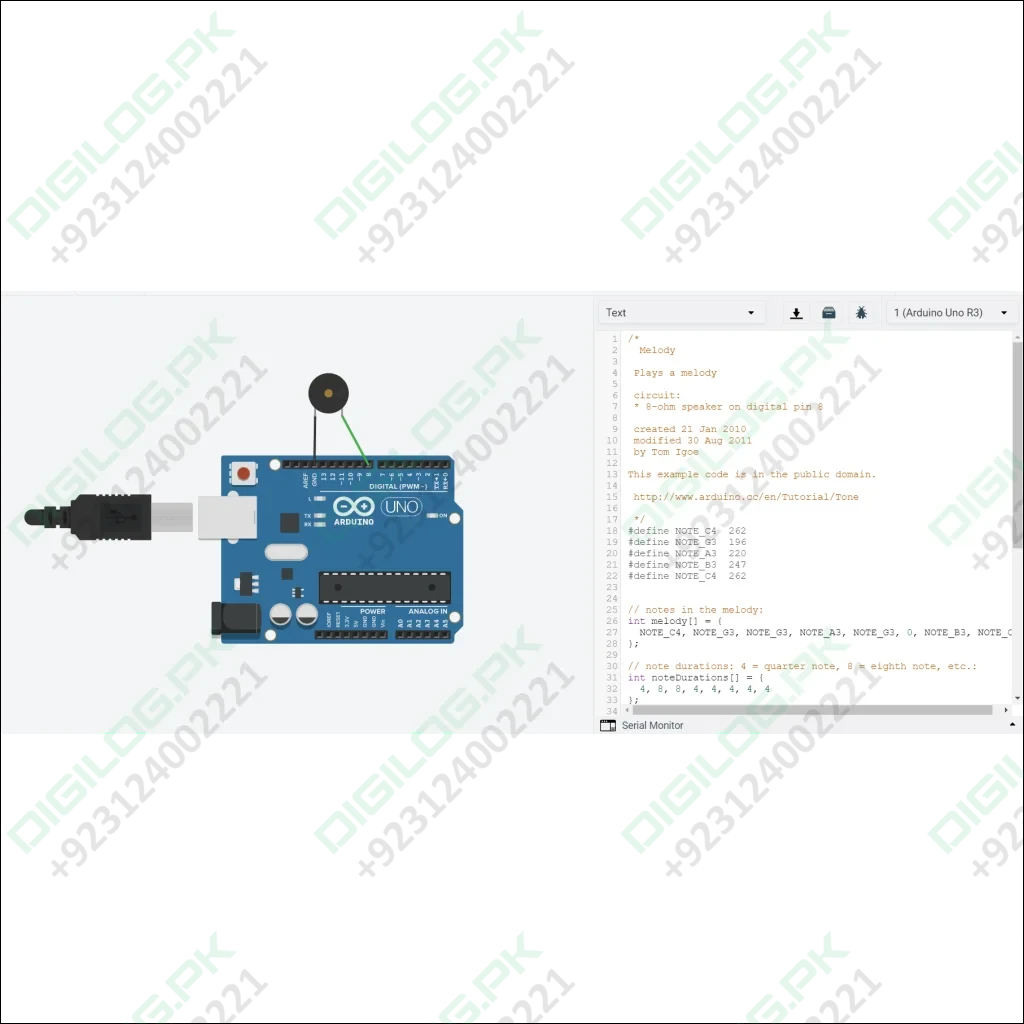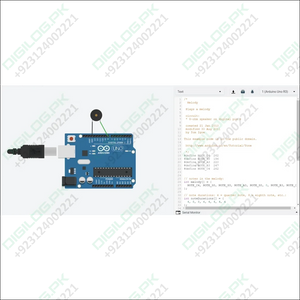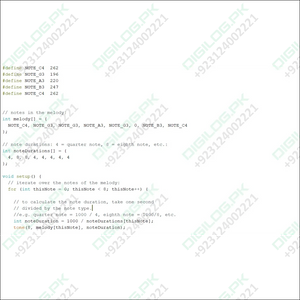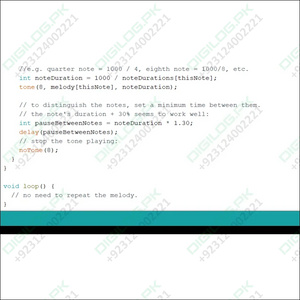Arduino Passive Buzzer Speaker | Mini Piezo Buzzer Module For Diy Projects In Pakistan
Guaranteed Safe Checkout

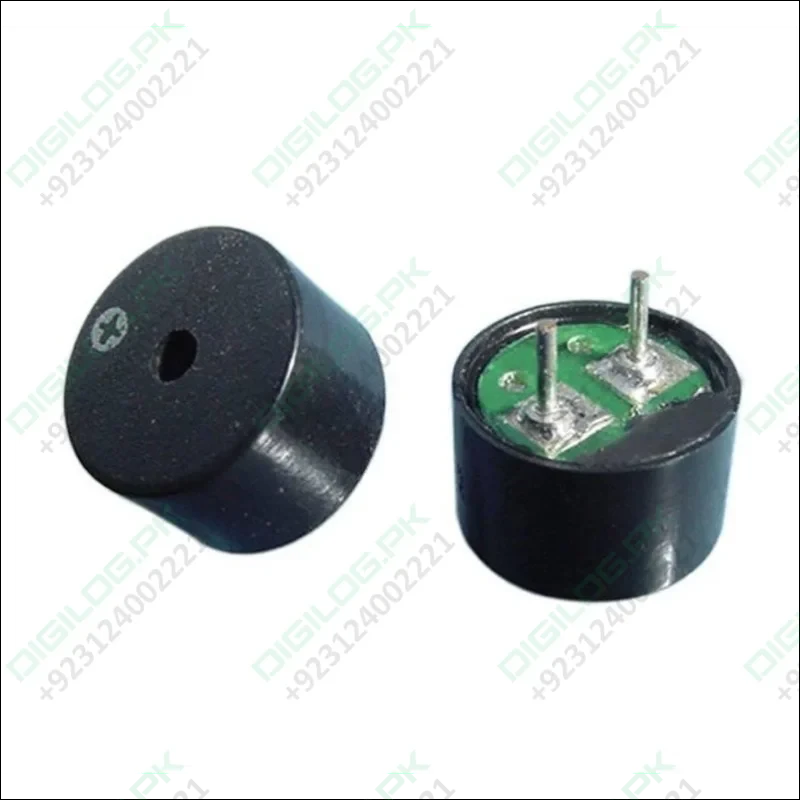
Arduino Passive Buzzer Speaker | Mini Piezo Buzzer Module For Diy Projects In Pakistan
Looking for a tiny speaker to add some sound to your next project? Look no further than the Passive Buzzer Speaker for Arduino! This miniature powerhouse is easy to use and perfect for adding beeps, boops, melodies, and even simple alarms to your creations.
What is a Passive Buzzer?
A passive buzzer, also known as a piezo buzzer, is a small and simple electronic component that vibrates to produce sound. It doesn't need any additional power, just a square wave signal from your Arduino to make it sing!
Why Choose the Passive Buzzer Speaker for Arduino?
- Super compact: Fits easily into any breadboard or project box.
- Simple to use: Just connect two wires to your Arduino and start coding!
- Versatile: Play tones, melodies, and even generate alarms.
- Affordable: Budget-friendly for all your tinkering needs.
- Perfect for beginners: A great way to add sound to your first Arduino projects.
Here are just a few ideas for using your Passive Buzzer Speaker:
- Create simple melodies and sound effects.
- Build an alarm system for your home or workshop.
- Add fun sound effects to your games and interactive projects.
- Use it as a feedback indicator for sensors and switches.
- The possibilities are endless!
Get Started with Your Passive Buzzer Today!
Order your Passive Buzzer Speaker now and bring your Arduino projects to life with sound! With its ease of use, affordability, and versatility, this tiny speaker is a must-have for any maker's toolbox.
Don't wait, add some buzz to your projects today!
Technical Specifications:
- Operating Voltage: 3.5V - 5.5V
- Maximum Current: 30mA
- Resonance Frequency: 2500Hz ± 300Hz
- Minimum Sound Output: 85dB @ 10cm
- Working Temperature: -20°C ~ 70°C

In this example, the buzzer is used to play a simply melody, by varying the note played and the duration for which each note is played. The code used to do this is as follows.



